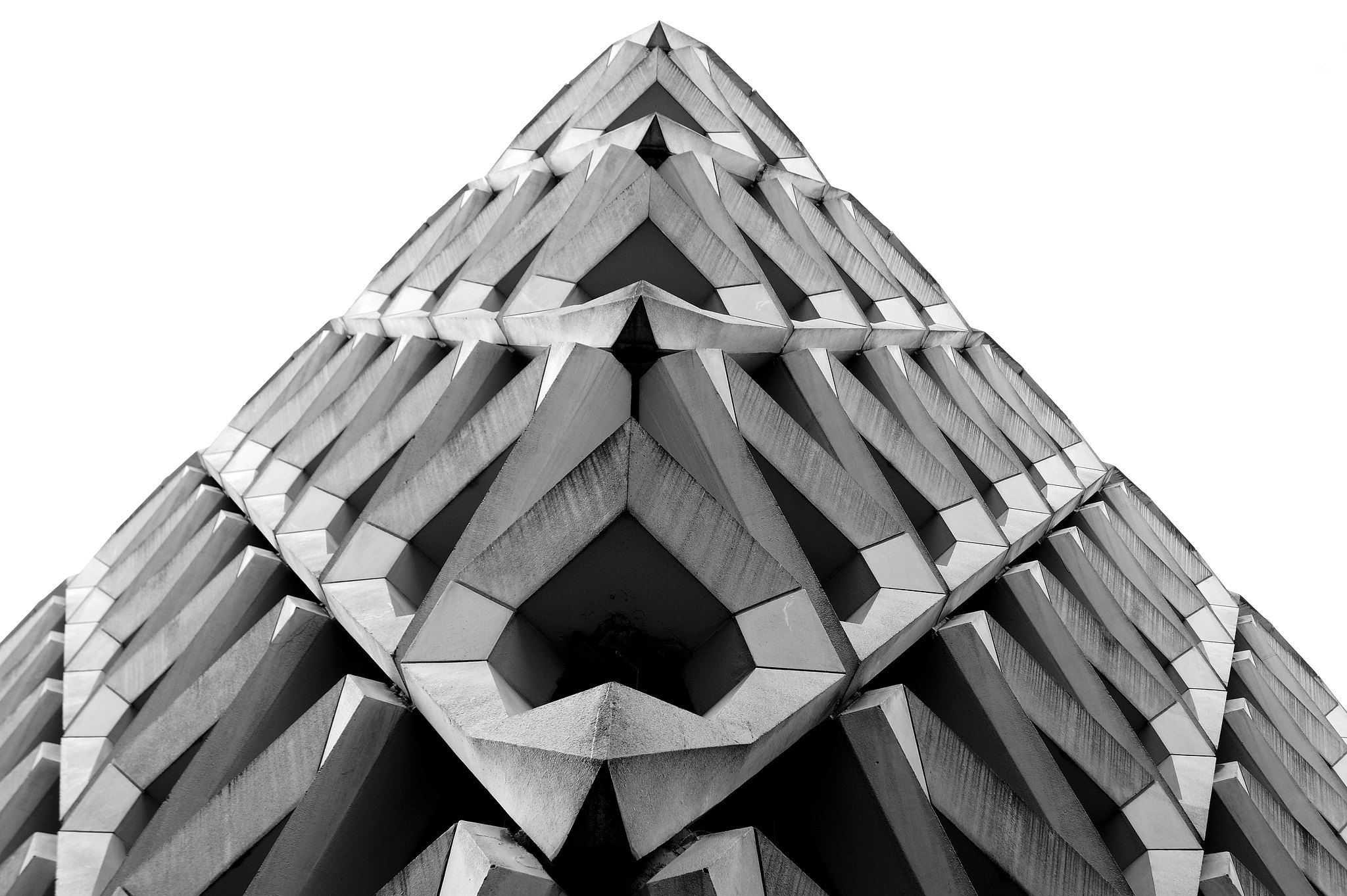You don’t really expect to see energy company CEOs interviewed in Dezeen, so it’s a nice to surprise to see one of the founders of Bulb (where a few friends of mine work) quoted there this week.
The founders also felt that eventually, homes would become energy producers as well as consumers. By installing solar panels, anaerobic digesters, micro-CHP (combined heat and power) plants or any other small-scale clean-power generator, householders could sell surplus energy back to the grid, using home-storage batteries or electric cars to store the power until it’s needed.
“It wasn’t really happening at the time, but we thought that homes could become a source of energy,” Wood explained.
“If people had solar panels on their roof, or if they had a battery in their home or an electric vehicle and those batteries were plugged into the grid, the homes could at times be providing energy into the grid.”
“Also, the grid becomes more efficient when the electrons travel a shorter distance,” he added. “If you have generation embedded within the grid locally, then the whole system becomes more efficient.”
It has taken a while for this “two-way grid” to become a reality but Wood believes it is now poised to take off.
“That’s one of the things we’re quite excited about now that there are more options available to consumers for solar panels, electric vehicles, heat pumps and batteries.”
https://www.dezeen.com/2021/06/15/carbon-net-zero-architects-bulb-ceo-interview/
In the article he stresses that the architecture and design profession are central to making this happen in the next decade – connecting back to my post earlier this week featuring Saul Griffith’s exhortations to redesign and electrify our domestic lives. I’m hoping to write more about this soon.
A couple of years ago I was very fortunate to be able to work with a local architecture firm, Gruff on renovating my house. Coincidentally it also got featured on Dezeen!
One of my biggest regrets was that we didn’t spend more time talking about the approach to energy, water and other services when we were at the start of the design process.
We did talk about solar – and I was happy to be able install a battery/PV panel array from UK firm Moixa – who’s CEO is also interviewed in the Guardian this month.
But thinking about the home as a machine not just for living in, as Corbusier had it, but also a machine for generating, regenerating, recycling, re-using… That would have been a fantastic opportunity – that I’m sorry to say I missed. This time!
Owning a house is a position of huge privilege of course – as is being able to make alterations on your own terms to where you live.
Designers and architects must also look to provide for those who rent and share buildings – and give them innovative tools/services that increase their agency to save and generate energy.
Thinking about places in the pace layers to make design interventions that are practical, portable, affordable – and make some impact on our climate emergency.
Rounding off the week though with another approach to the urgent problem of decarbonising our way of life – and longer term heading toward a Kardashev Scale 1 civilisation.
Amanda Levete’s practice AL_A (who has featured before on this blog) has released their designs for a fusion plant in Oxfordshire, UK.


Artificial-star-citecture?









![Reblog this post [with Zemanta]](https://i0.wp.com/img.zemanta.com/reblog_e.png)


 Maybe it’s in the objects. It’s not the pictures that got small, but the places our villains draw they powers from.
Maybe it’s in the objects. It’s not the pictures that got small, but the places our villains draw they powers from.

